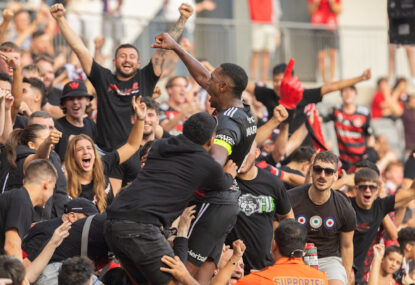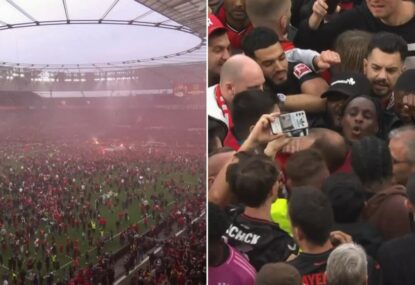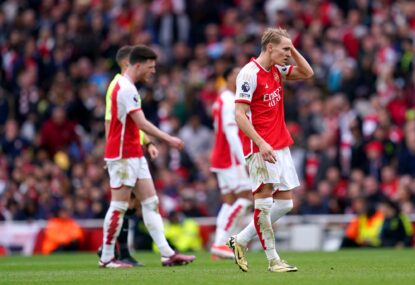The A-League is not the only football in this country. Football has been here for a long time and – in spite of constant dramas, setbacks and poor management – continues to be Australia’s largest participation football code.
Football does not need the A-League, or even a national body to control it.
There is certainly a case to be made that local clubs and federations would be better off looking after themselves.
It’s wiser than forking out money to state and federal bodies for what has never amounted to more than a dubious return on investment.
The value of the sport is directly related to both the amount of money we put in, and the unpaid time and effort every player, volunteer and fan devotes to it.
Without grassroots football there would be no A-League and no national team. The reverse cannot be said.
By definition, sport is competitive.
Competition is one of the great motivators for advancement in any human endeavour.
Players, clubs and regions will always want to test themselves against the strongest possible competition.
Fans test themselves by supporting a club in those competitions.
For this reason we have multiple tiers of competition, culminating in the state leagues, A-League and international competitions.
As a sport we test ourselves against the other sports by measuring the strength of our highest competition. In this case it’s the A-League.
AFL and NRL grew out of existing regional-based competitions.
The VFL and Sydney Premiership were recognised as the strongest in the land, and evolved when circumstances allowed other regions to realistically apply for inclusion to compete against those long-term established clubs.
Football never had that luxury. Despite what they may claim, no single region was regarded as the strongest.
The previous attempt by clubs to create a national competition via the National Soccer League failed when they could not increase their supporter base to include a larger percentage of their own regions.
Existing clubs from one area were never likely to draw wider support from the general football community when that community continued to play against them regularly in ongoing regional competitions.
This is one of the reasons why old NSL clubs would be unlikely to ever succeed in the A-League without leaving their current competitions entirely.
Events of recent times have shown that the A-League looks to be on shaky ground.
Since inception, three clubs have failed, several others have or are still struggling and the owner of another has decided to hand control of the club back to the FFA. Things look grim.
The fact is, though, the playing standard of the A-League and arguably the top tier of the sport has never been higher.
Attendance by the long-term fans seems to be on the rise.
On average, more than 52,000 people attended an A-League game every week this season, the second highest on record.
Despite limited support to date, A-League teams are one of only two sports in the country that get the opportunity to compete regularly in a truly international competition.
For the sport in general, senior participation is almost equivalent to the other three football codes combined.
The move to Asia means the national men’s team gets to compete in more competitive matches on a far more regular basis. The women’s side of the sport also continues to grow exponentially.
Despite the off-field dramas, football in this country has never been stronger.
On that basis the A-League must be an idea whose time has come.
The current model may or may not be seriously flawed, but the sport is too big for the concept to fail long term.
Individual clubs may come and go and the format of the competition might change, if it doesn’t disappear all together.
But something will take its place. Of that I have no doubt.
Nathan Tinkler and Clive Palmer may both say that the A-League will fail.
But at the end of the day, despite their money, they are only two people.
50,000 paying customers and hundreds of thousands of other players, volunteers, administrators and fans say a national league will succeed.
We can’t all be wrong.


































































































